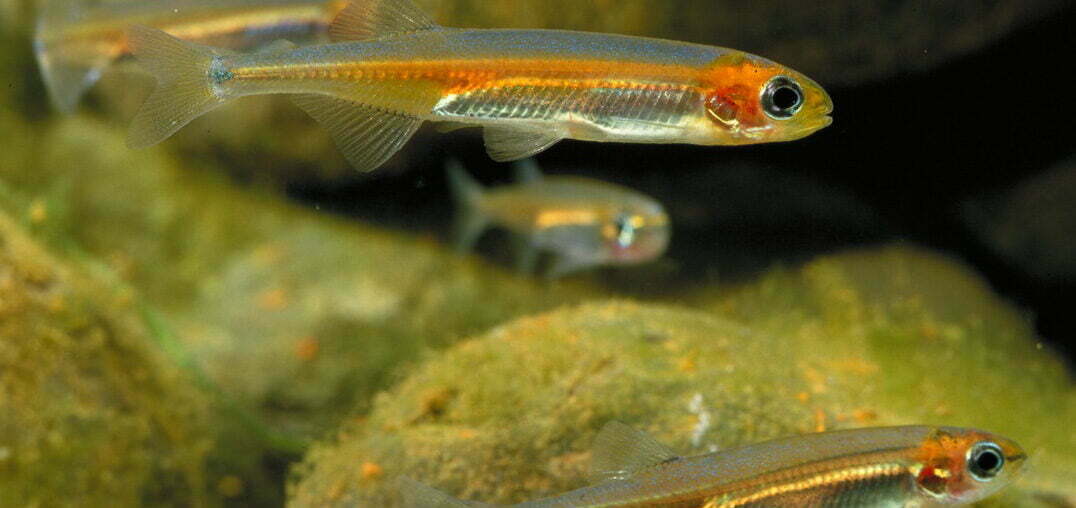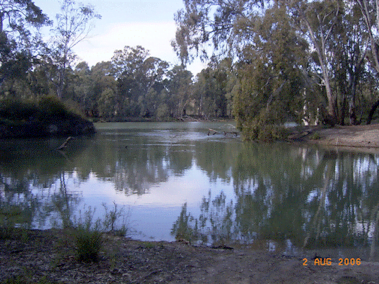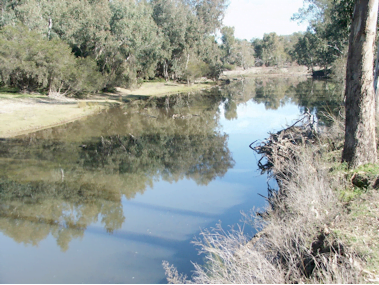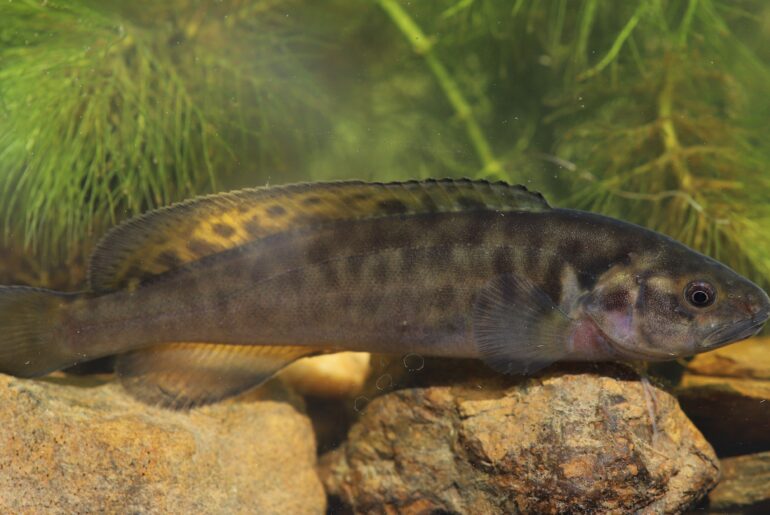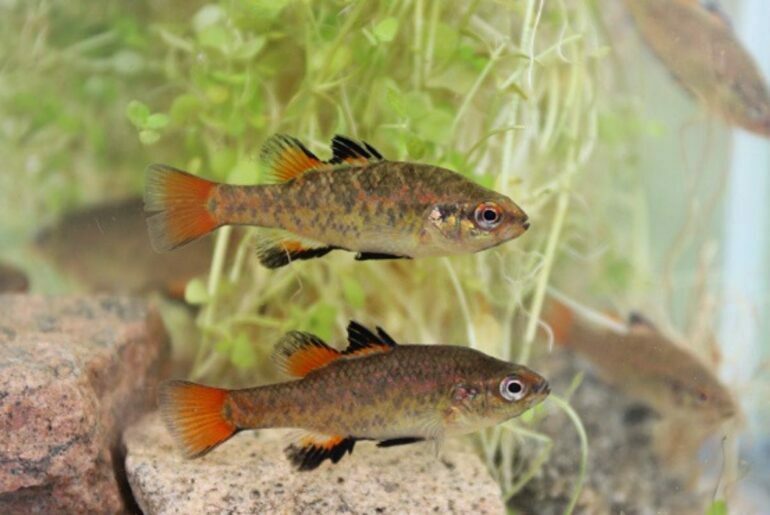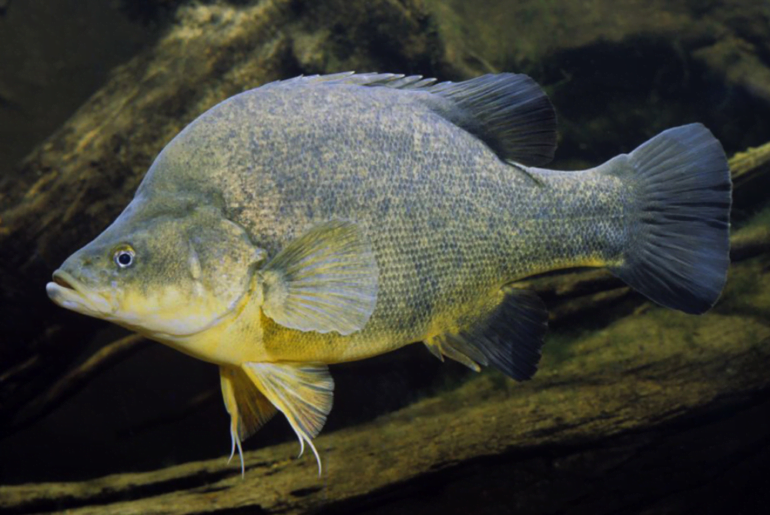Research in the southern Murray–Darling Basin (MDB) suggests that many fish species still breed under changed flow conditions, but that high numbers of juveniles do not always result. This suggests that recruitment failure (when fish do not survive to ‘recruit’ into the fishery), rather than lack of spawning, may be the limiting factor behind low population size and restricted distributions of a number of species in MDB.
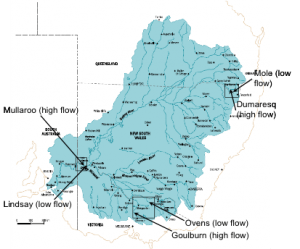
The specific aims of this study were to determine:
- whether recruitment is proportional or disproportional to the abundance of newly hatched larvae for a protracted spawner: Australian smelt (Retropinna semoni);
- whether spawning and recruitment are similar between flow-managed and non flow-managed rivers for fish in general;
- whether spawning and recruitment are similar between years for fish in general;
- whether timing of peak recruitment is similar for protracted and short spawners; and,
- if environmental variables or food availability are associated with peak recruitment of Australian smelt in a subset of rivers sampled.
Sampling of larvae and juvenile fish was conducted from six rivers in the MDB (some flow managed and some non-flow managed). Water quality parameters and food availability were also sampled.
Findings:
A total of 19 species — 14 native and 5 alien — were collected from the six rivers, with most showing evidence of spawning and recruitment in both years of the study. As a result of small and patchy abundances, however, only Australian smelt could effectively be compared among all rivers, whilst a small suite of species could be compared for a subset of rivers.
The project found that overall species presence differed depending on region. However, substantial differences in species composition were also found between pairs of rivers (flow-managed versus non flow-managed) within regions. In addition to this, researchers found that in the southern (comprising the Ovens, King and Goulburn Rivers) and northern regions (comprising the Mole and Dumaresq Rivers), common species tended to begin spawning earlier, and spawn for longer, in flow-managed rivers than in their non flow-managed counterparts. In the lower region (the Lindsay and Mullaroo anabranch river systems) the opposite was the case.
The results indicate that timing and duration of breeding of fish in rivers are likely influenced more by local differences in flow, rather than broader climate and geographical influences.
The study identified three types of spawning strategies; ‘brief’ spawners (only spawn for one or two months), ‘flexible’ spawners (spawning period varies by river and by year), and ‘protracted’ spawners (spawning consistently spans more than two months). Only Gambusia holbrooki fitted the last criteria. Australian smelt were found to be a ‘flexible’ spawner, and its success cannot be purely because of its supposed protracted spawning behaviour.
Most species spawned over a long enough period to indicate that recruitment was not proportional to larval production. This was shown best for Australian smelt — in most cases the early hatching events resulted in relatively poor recruitment, and later hatchings resulted in relatively good recruitment.
Whereas timing and duration of spawning seemed to be influenced by local factors, timing of recruitment tended to be similar for rivers within regions, except for the Ovens/King and the Goulburn systems. Preliminary comparisons of environmental variables with food availability suggested that temperature (positively) and discharge (negatively) influence production of the smallest size classes of zooplankton and that the first significant rise in zooplankton coincided with peak Australian smelt recruitment in the Ovens River.
Key message:
This research will lead to better management of flows released from dams to facilitate spawning and recruitment of native fish species. This is likely to result in increased recruitment and enhancement of native fish populations.
Full report here: Humphries, P et al. (2008) Impacts of Managed Flows on Fish Spawning and Recruitment. Report prepared for the Murray–darling Basin Commission, August.
